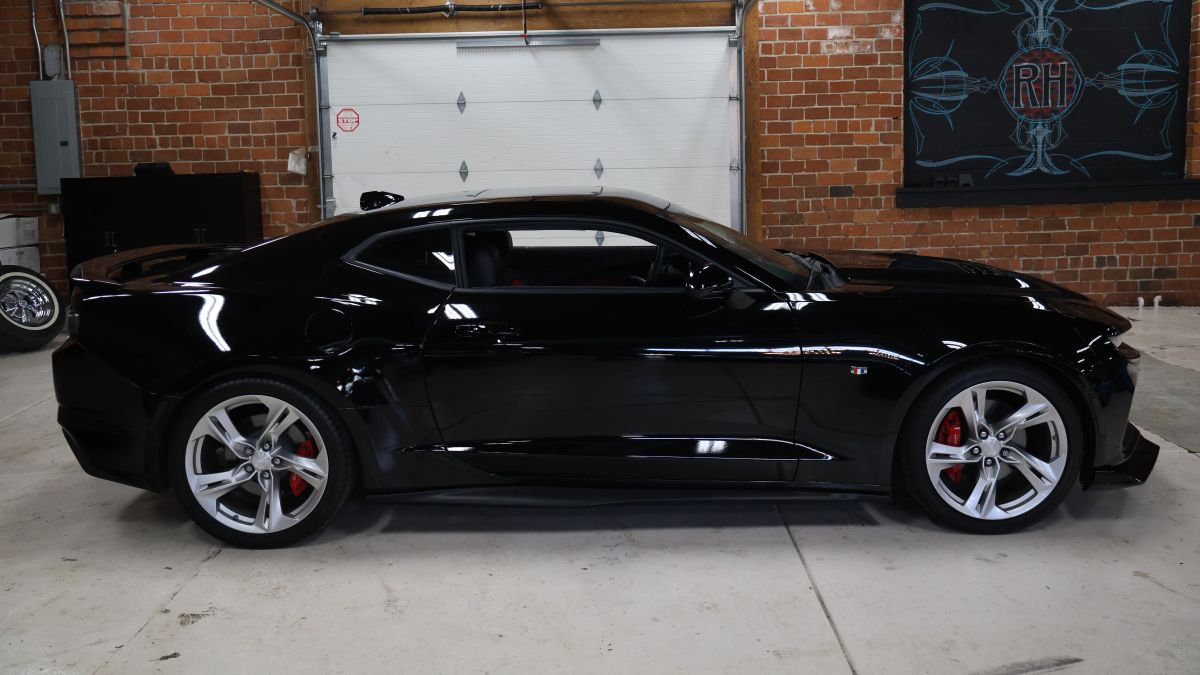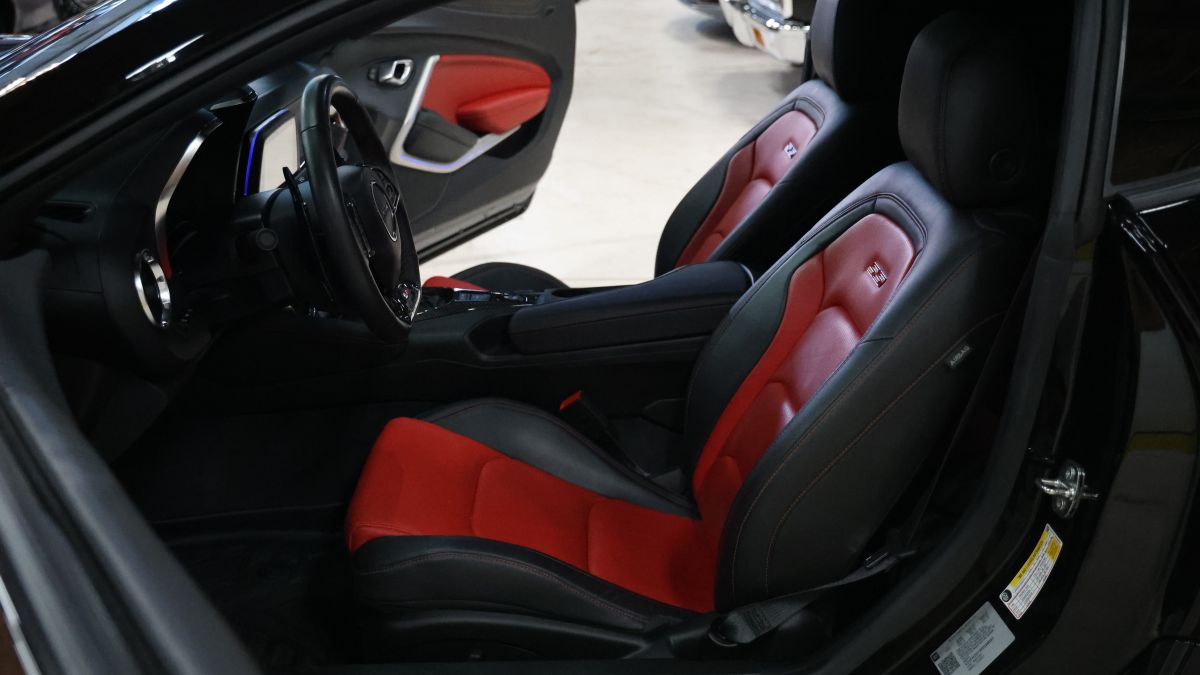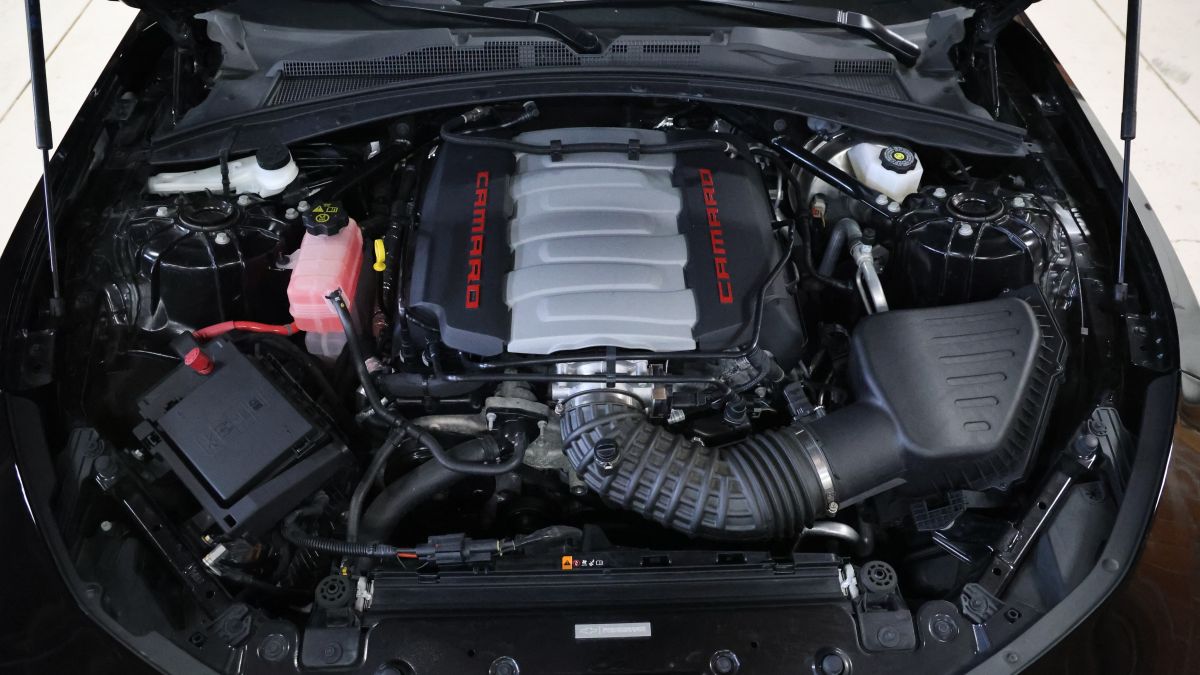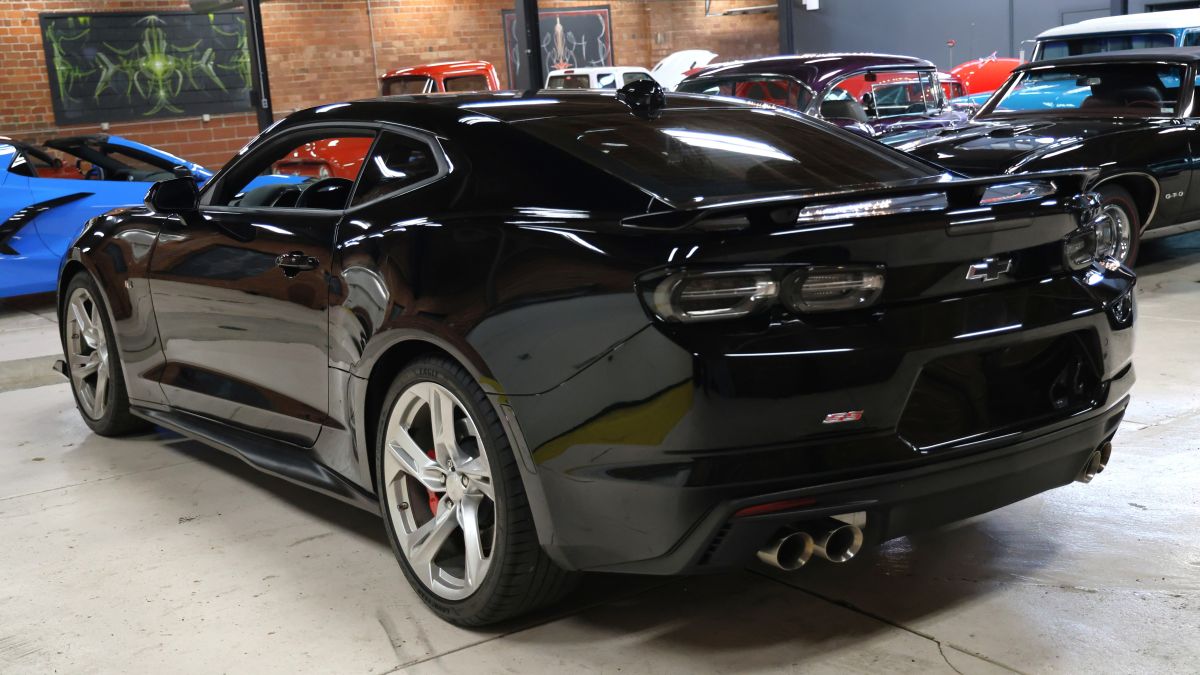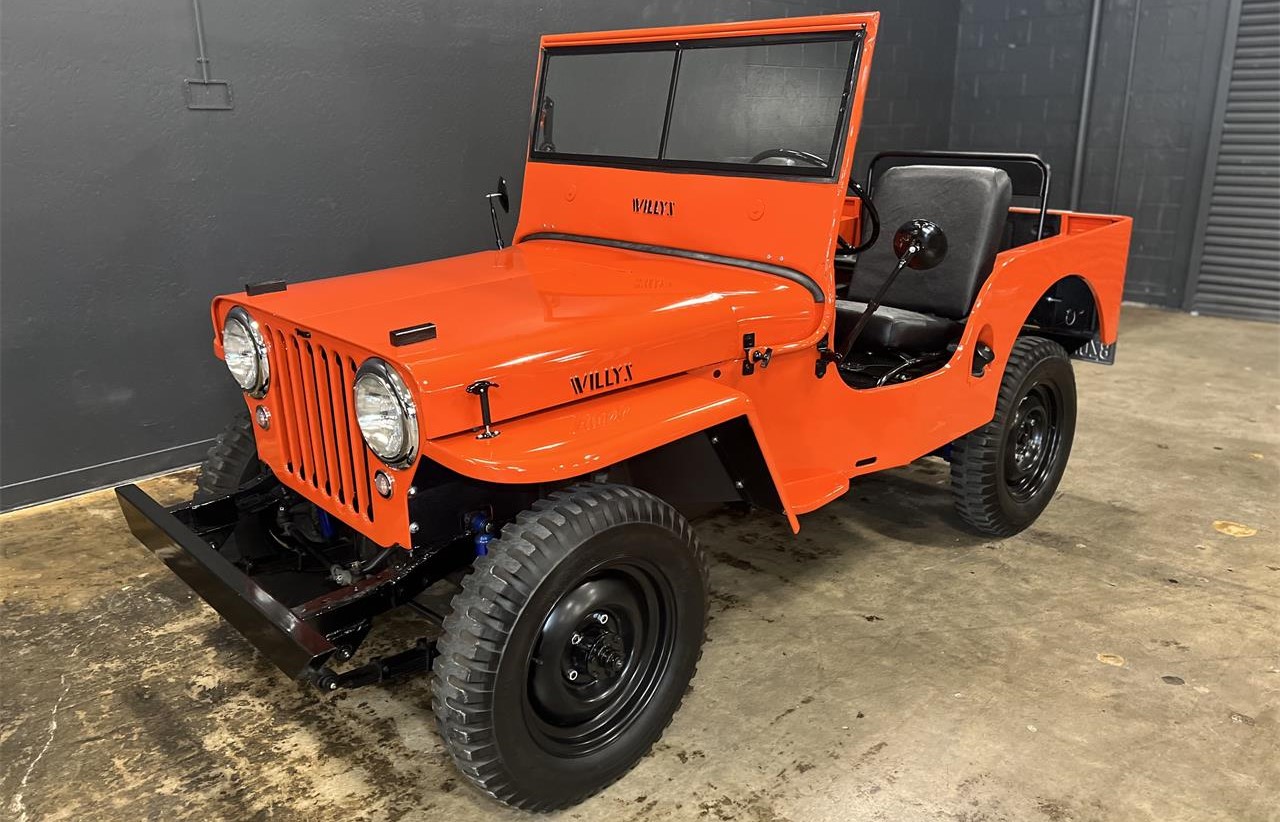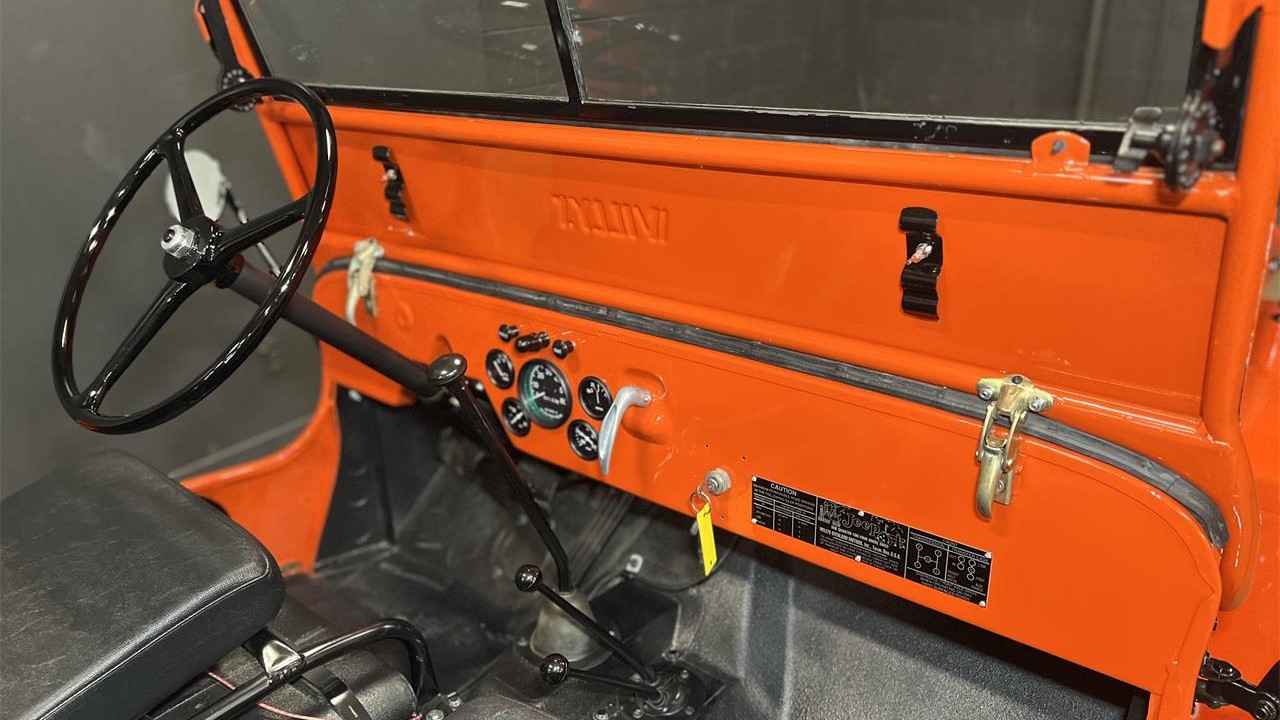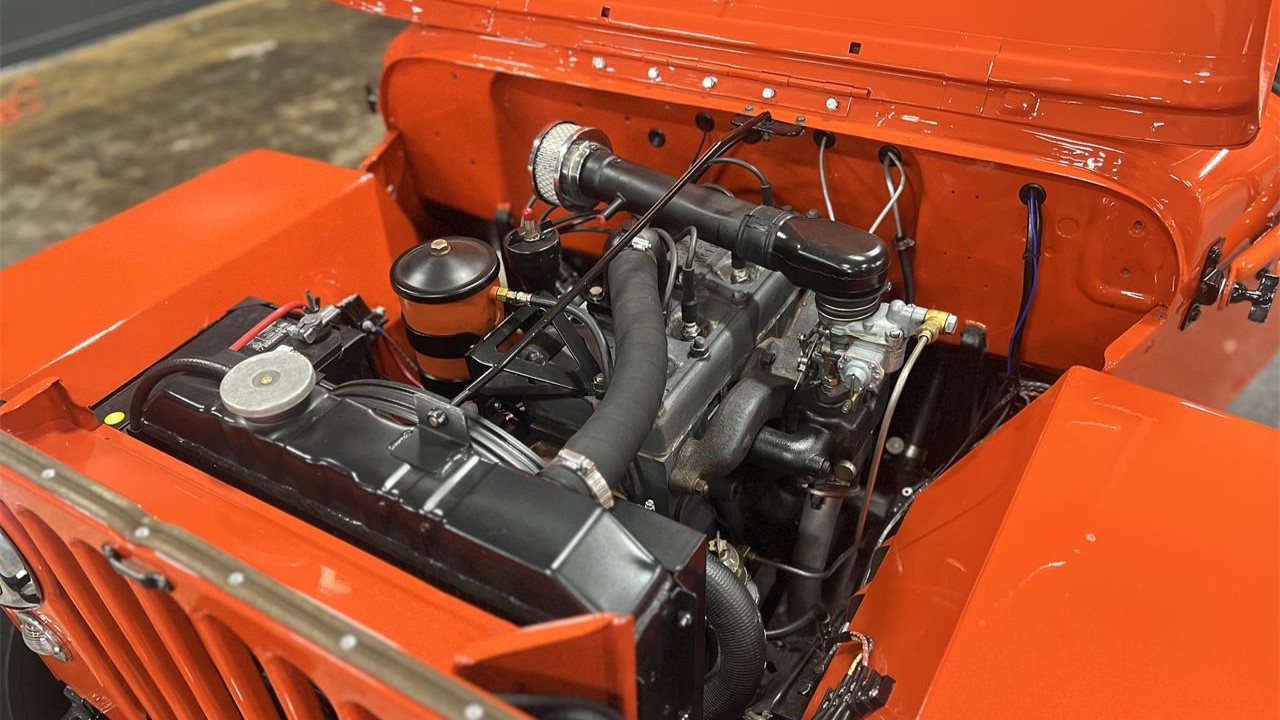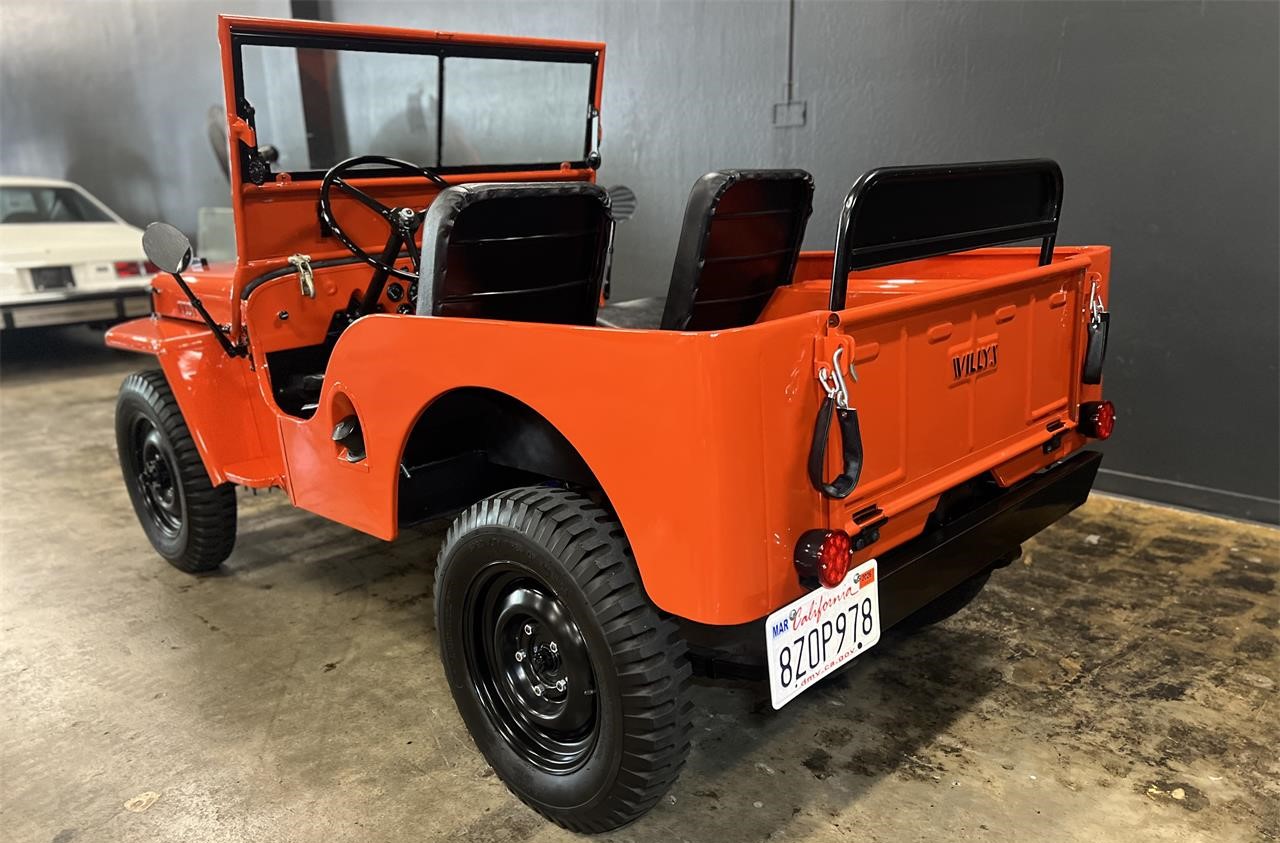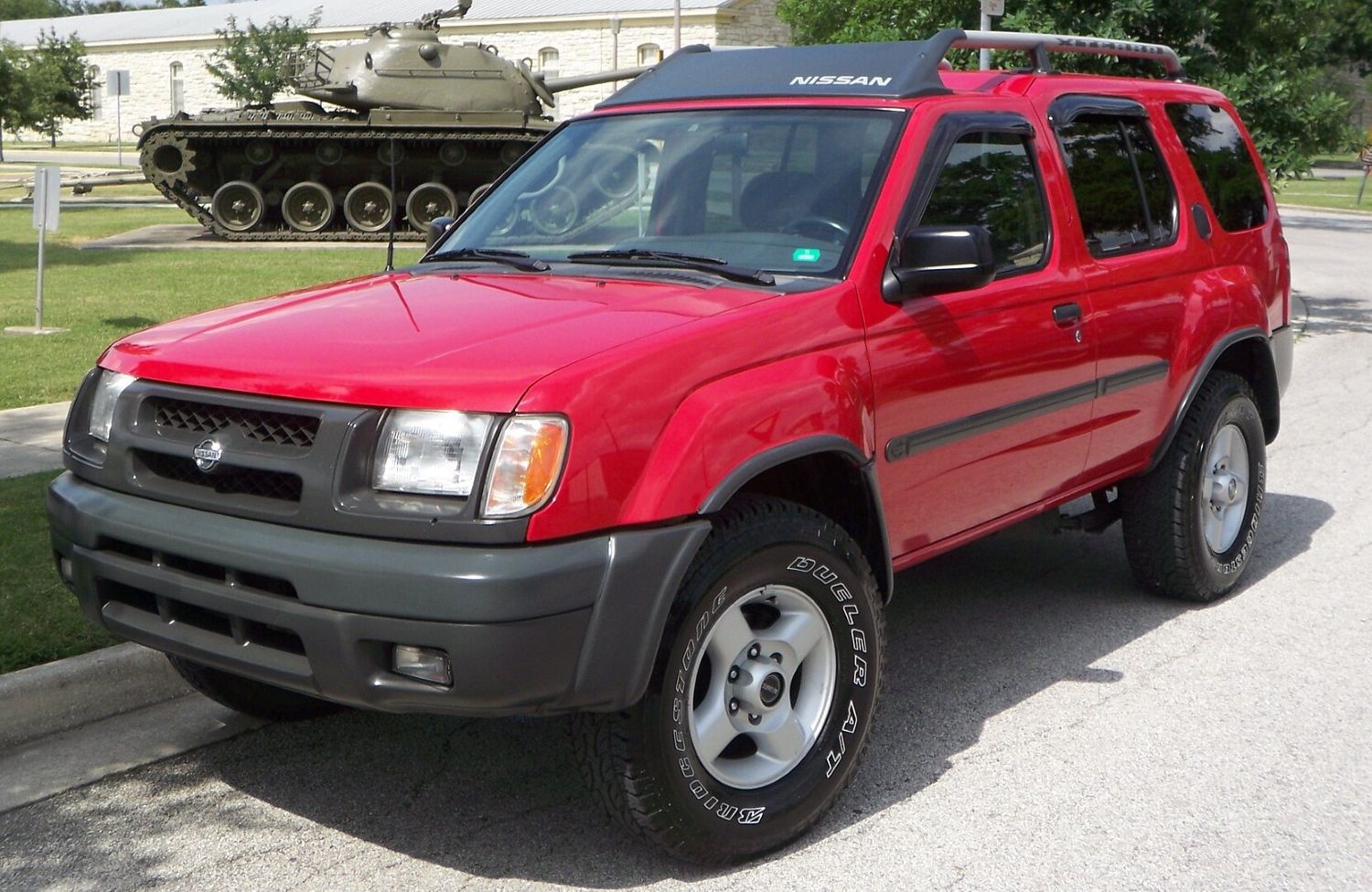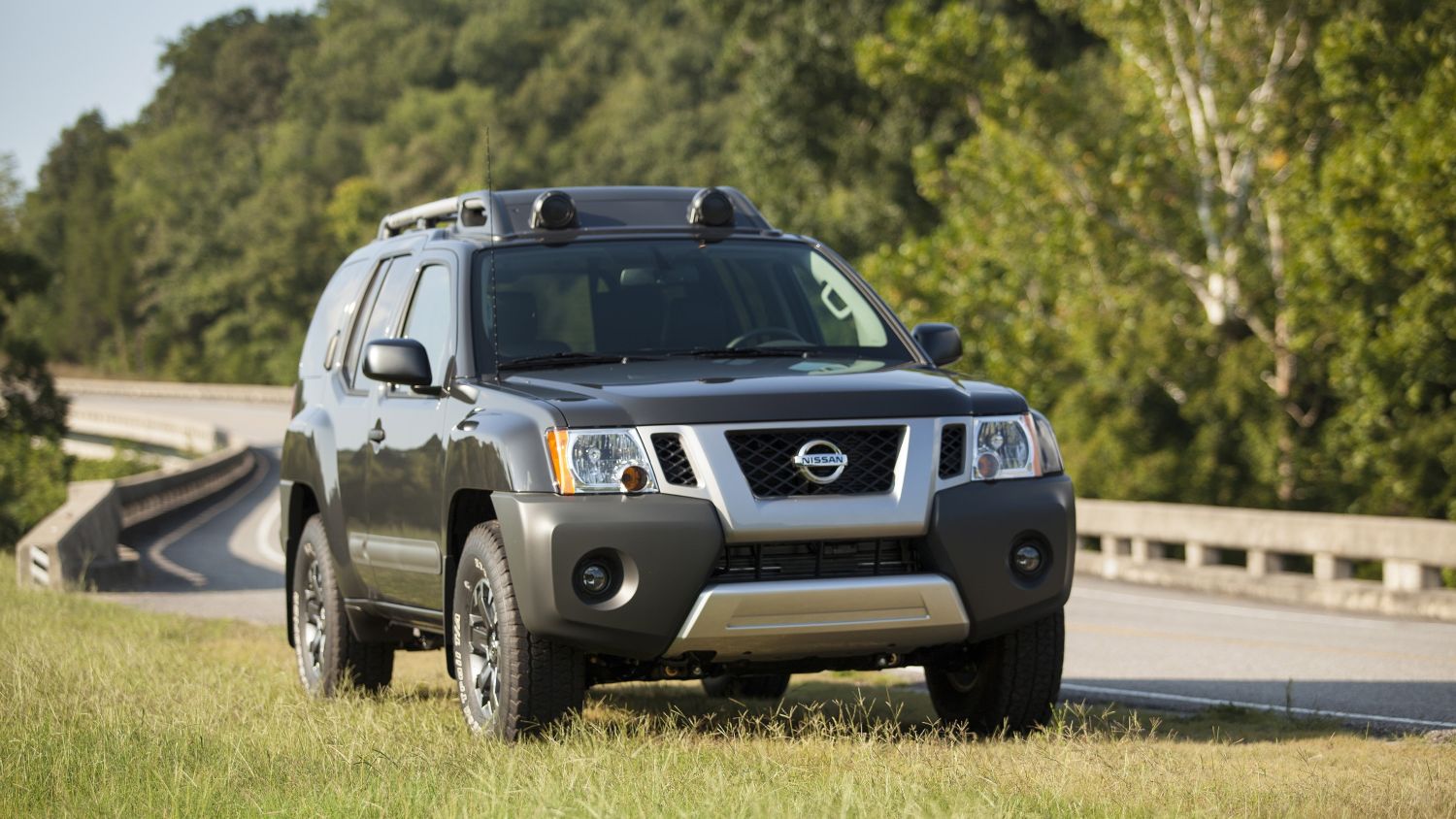If 1970 is the high-water mark for American muscle, then this 1970 Mercury Cyclone Spoiler must be the ultimate. Arguable? Sure, so pull up a chair and listen as we make a case for this 1970 Mercury Cyclone Spoiler being the most desirable Cyclone ever built. You will be able to purchase this low-mileage vehicle with No Reserve at the Barrett-Jackson 2025 Scottsdale Fall Auction October 15-18 at WestWorld.
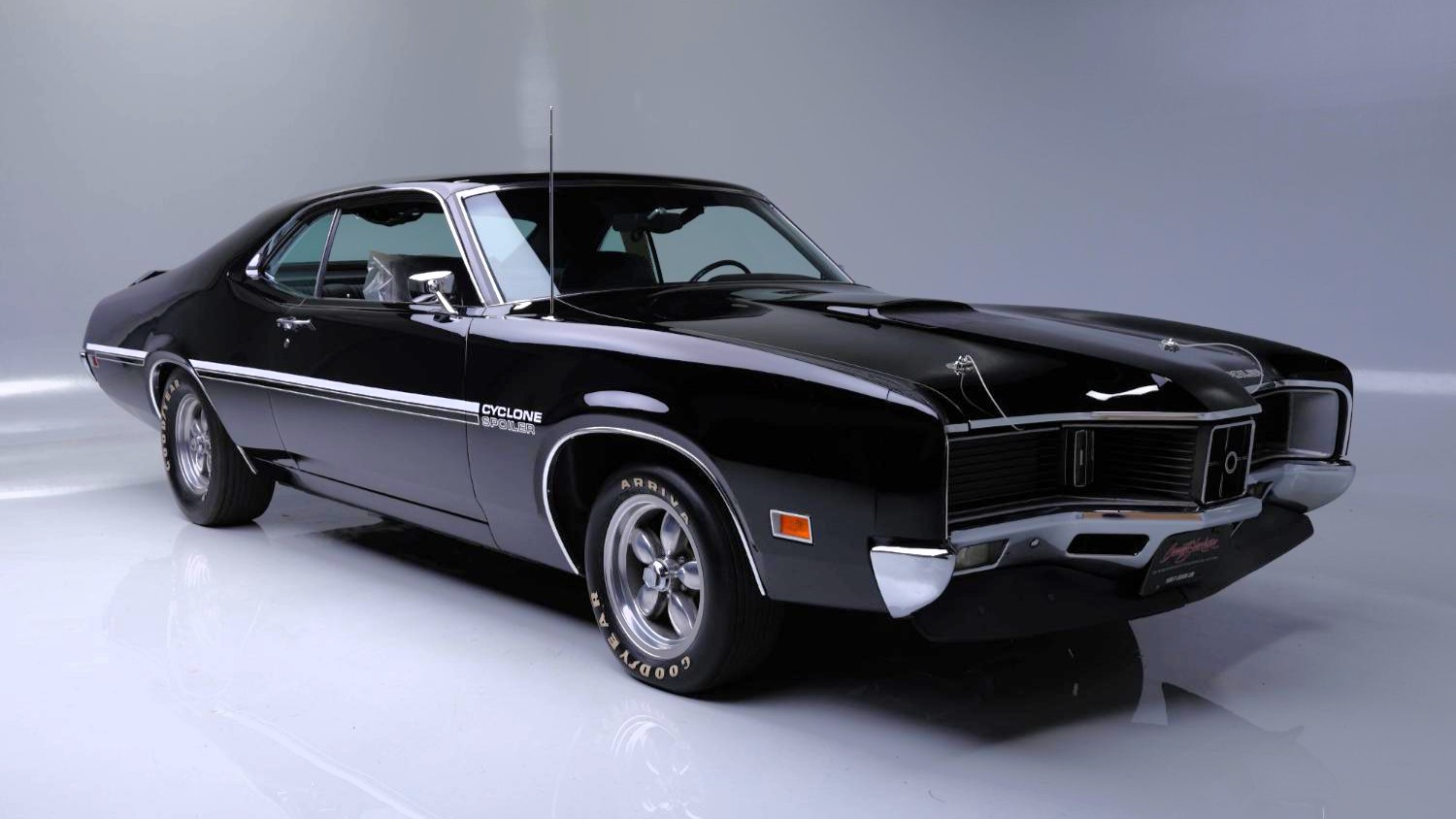
Let’s start with the obvious: this is a 1970 Mercury Cyclone Spoiler SCJ, one of 1,631 built. The Spoiler was the top model among three Cyclones that included the base Cyclone and the upmarket Cyclone GT. All Spoilers were powered by the 429 Cobra Jet with ram air and a choice of four-speed or automatic. Note the unique stripes and spoilers, all of which were not available on other Cyclone models.
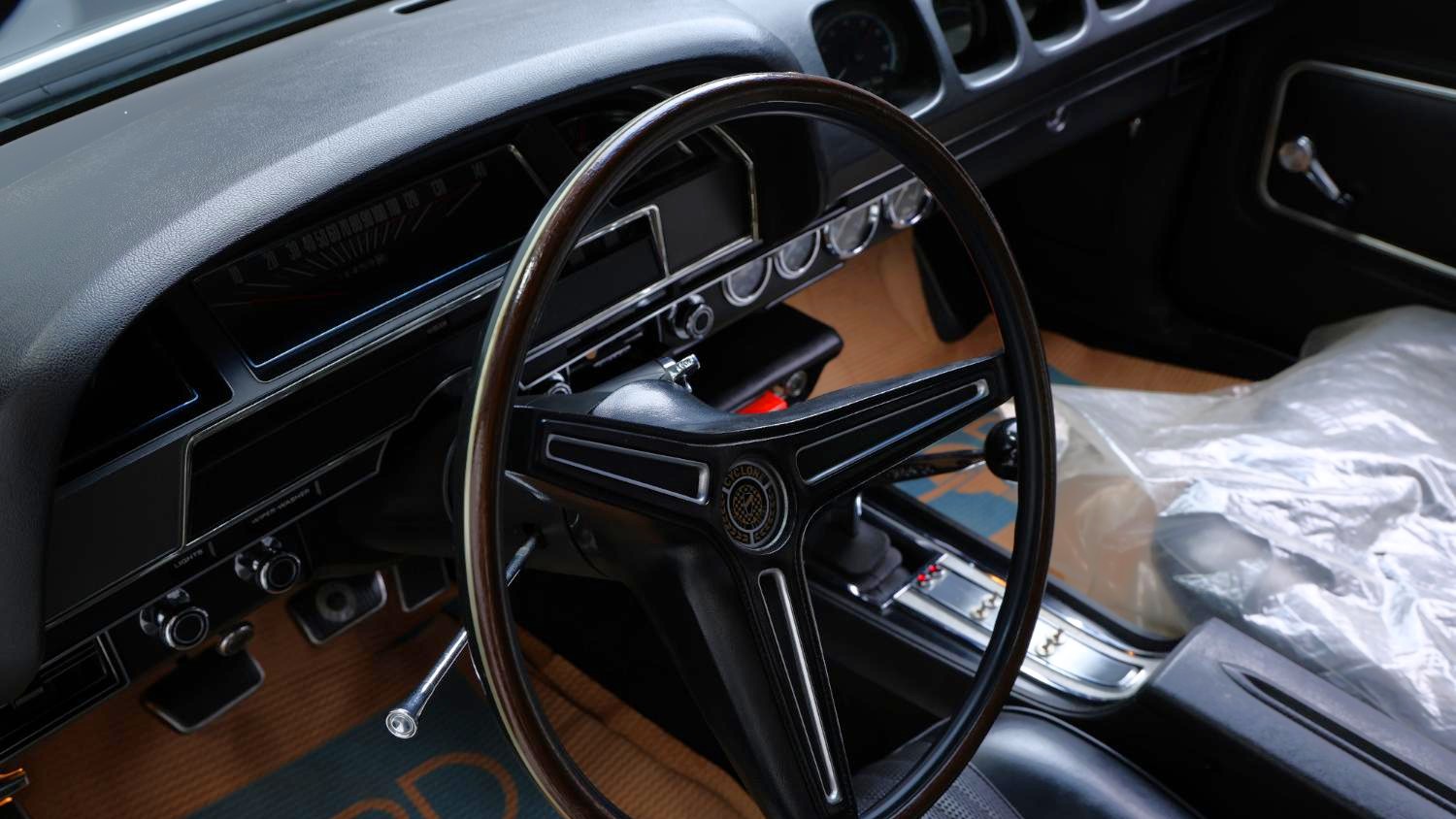
This car has something that sets it apart from most other Cyclone Spoilers: the Drag Pak, making it one of 341. Mathematically, 429 Cobra Jet + Drag Pak = Super Cobra Jet, which means this 429 received several heavy-duty tweaks to protect it from the rigors of racing. The Drag Pak also added 3.91 or 4.30 gears, the latter of which was specified for this particular vehicle.
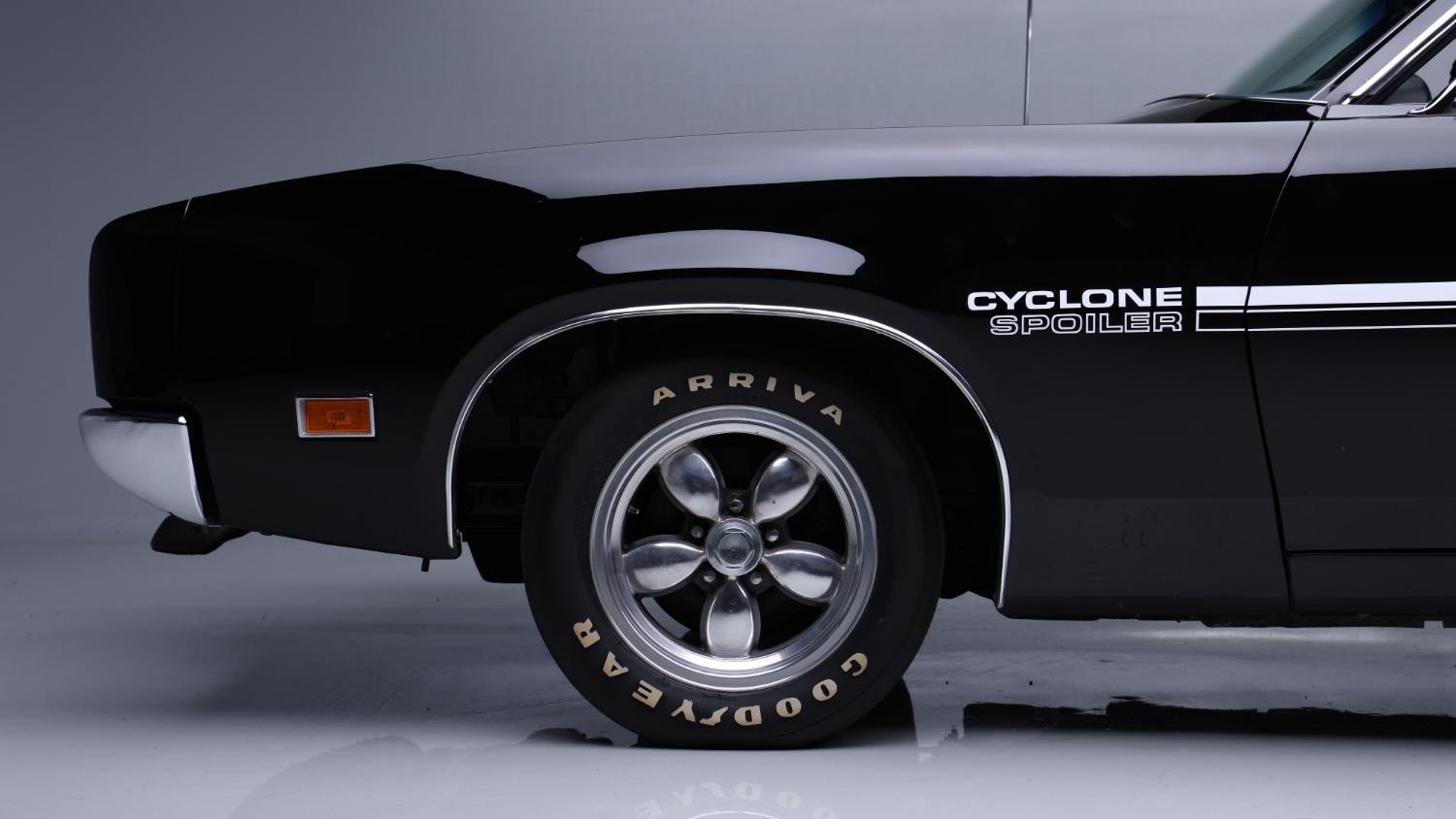
Then there’s the special-order color. Cyclone Spoilers were available with a limited selection of colors: Competition Blue, Competition Green, Competition Yellow, Competition Orange, Competition Gold, and Pastel Blue. According to Marti Auto Works, only 31 folks decided they didn’t want any of those colors, instead opting for some other hue. How many of the 31 were black, no one knows, but few will disagree black helps this Spoiler become the ultimate Cyclone.
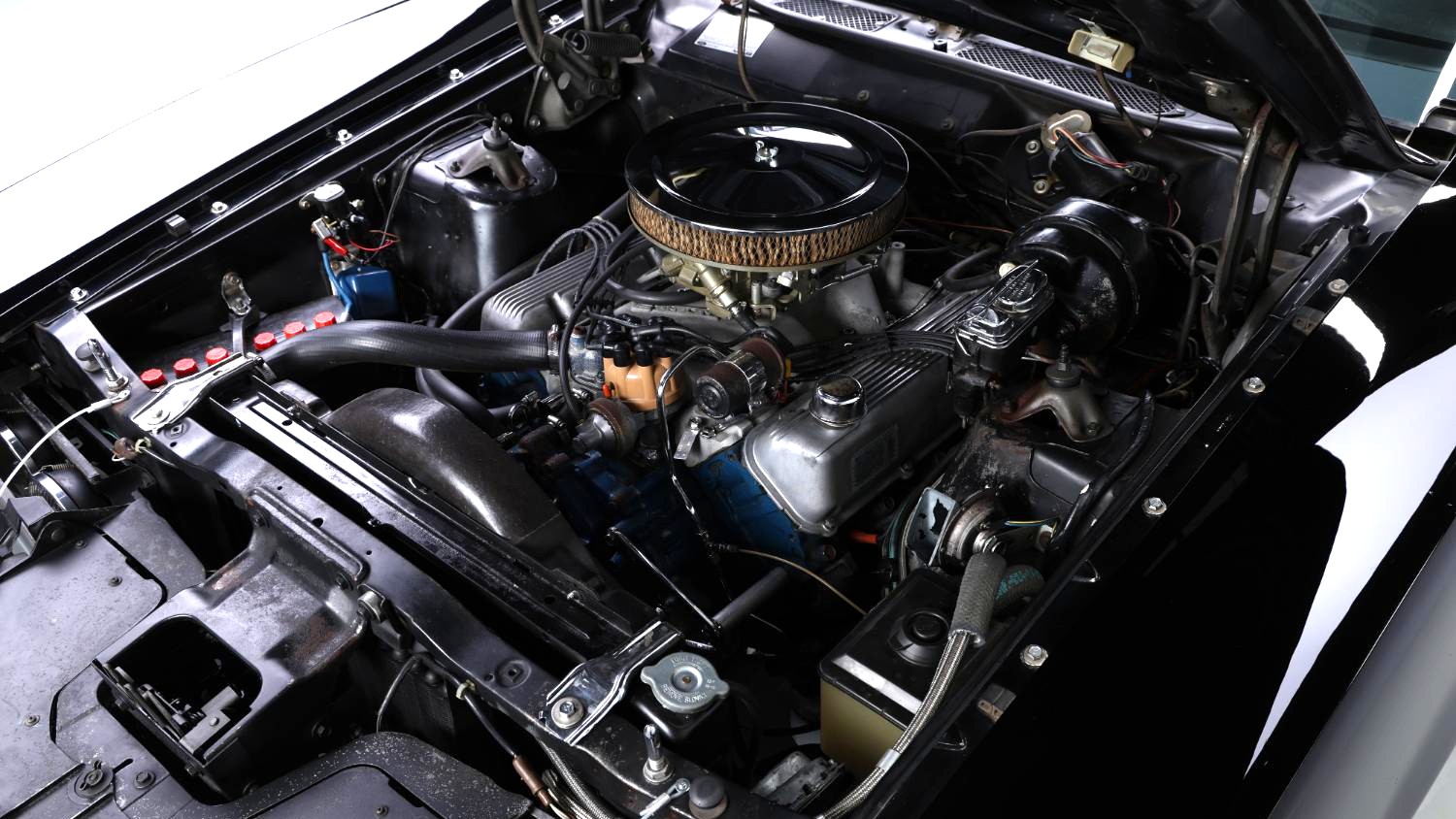
Take a peek inside and you’ll note this Spoiler has a four-speed manual with console. Glance at the odometer and your eyes will open wide at the 4,459 actual miles. It’s like this car can’t get better than it already is, yet it does—check out the “Day 2” equipment that’s been on this vehicle for decades, such as the American Racing 200S wheels mounted on Goodyear Arriva tires, the huge Holley R-4575-AAA 1150-cfm carburetor on a Shelby aluminum intake manifold, the set of eight Sun gauges mounted on the dashboard, and the Craig Powerplay 50-watt stereo amp with 8-track.
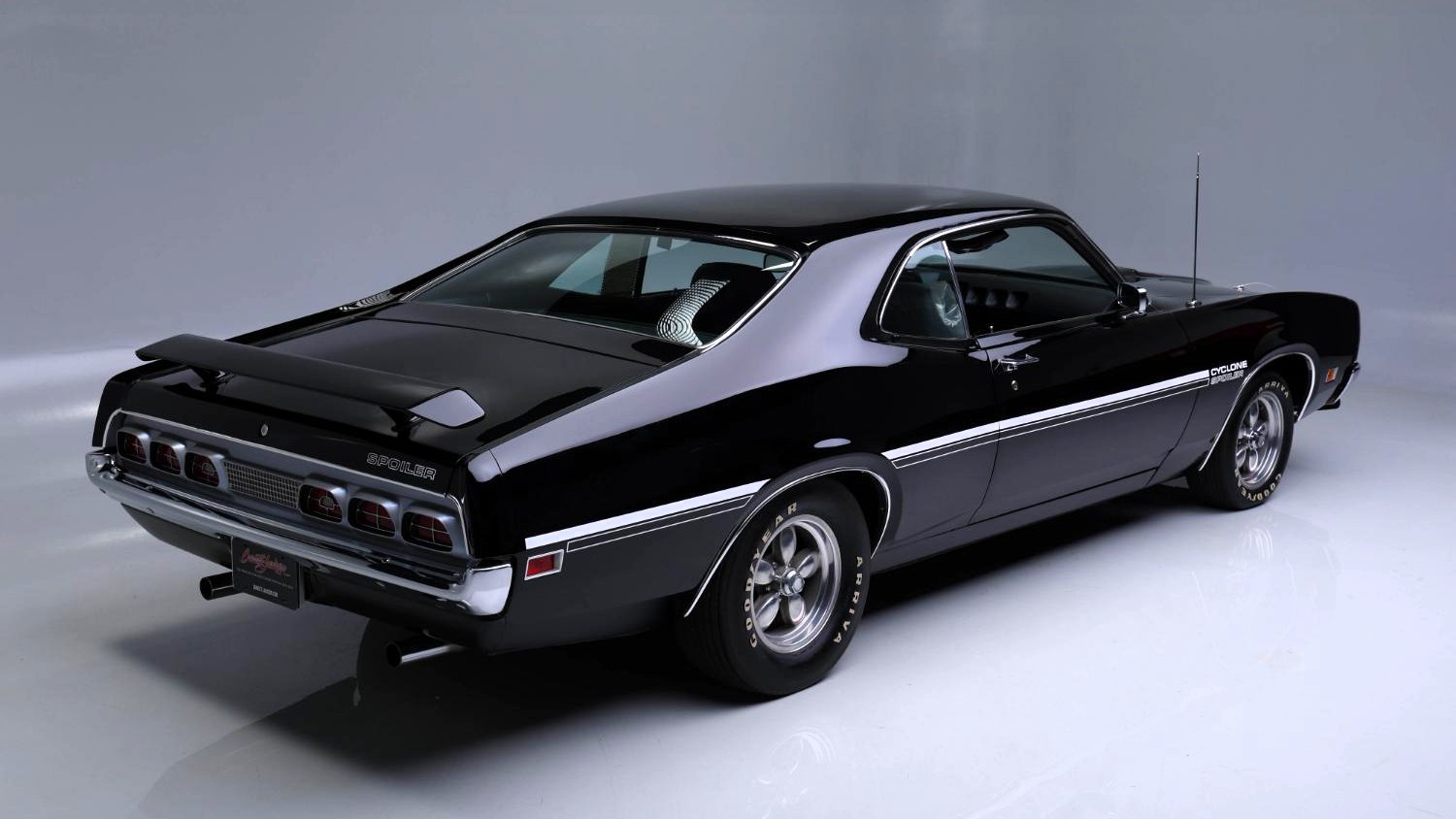
There’s even more desirable options to highlight, such as the hidden headlights and AM/FM radio, but those are regular in comparison. Seriously, what more could you want? This car has it all! If you’re a big Cyclone fan or you simply want the best of the best for your muscle car collection, this is a once in a lifetime opportunity. October 15-18, this 1970 Mercury Cyclone Spoiler SCJ will be available for bidding at the Barrett-Jackson 2025 Scottsdale Fall Auction, so you have a little time left to practice raising your arm for bidding and dancing a jig after winning.
Register for the Barrett-Jackson 2025 Scottsdale Fall Auction and bid on location or online.

